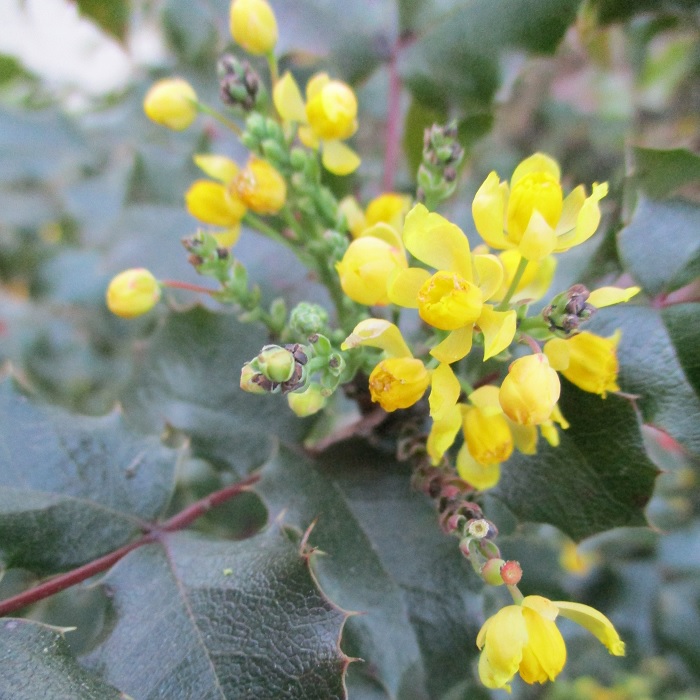UNITED STATES—Winter is the best time for major pruning of most plants. They do not mind it so much while they are dormant. However, there are exceptions. Winter pruning might be a bit too early for a few plants that are grown for their late winter or early spring bloom. It is best to wait until immediately after bloom to prune or trim flowering cherry, flowering plum, flowering crabapple and flowering quince.
Because these trees will be in the process of coming out of dormancy, it is best to prune them just after the blossoms finish, as new foliage is emerging. Some of the new buds will likely be ruined in the process, but there should be plenty to spare. If a few extra stems were left on deciduous fruit trees when they were pruned earlier, they can be taken as cut flowers prior to or while blooming.
Forsythia and Oregon grape should also be pruned after bloom, but with different technique. Oregon grape certainly does not need to be pruned annually, and may only need to be occasionally groomed of deteriorating stems. If and when it gets pruned, the oldest canes should be cut to the ground to favor newer canes. Forsythia canes should be cut to the ground after their second year.
Red twig dogwood and small willows that are grown for the color of their twigs must be pruned aggressively to produce new twigs for next winter; but there is no point in pruning their colorful twigs off while they are at their best. It is better to wait until just before new foliage is about to come out and obscure the twigs. They can be pollarded or coppiced. This applies to pussy willows as well.
Clumping grasses will start to grow soon, so can be shorn of their old foliage from last year that likely started to look rather tired by the end of winter. If left unshorn, new foliage and flower stalks will do just fine, but will come up through the old growth from last year, as the old growth lays down next to it and continue to decay. Once new growth develops, it will be more difficult to remove the old without damaging the new. Clumped grasses will look silly longer if shorn too early.
Highlight: Oregon grape
Oregon has good taste. Douglas fir, one of the most useful of timber trees in America, was selected as the state tree. Oregon grape, Mahonia aquifolium, was designated as the state flower. Although the tight clusters of tiny bright yellow flowers that bloom about now may not be as flashy as other state flowers, they contrast handsomely against the glossy and deep dark green foliage.
The pinnately compound evergreen leaves are larger than they seem to be. The smaller individual leaflets that resemble holly get noticed first. They are not quite as wavy, spiny or thick as leaves of English holly are, so can work well where spiny foliage would be objectionable. Dark grayish blue berries are not abundant, but happen to make good jelly for those who hunt for them.
Mature plants get about five feet tall and broad, and can spread wider like Heavenly bamboo does. Foliage might be a richer shade of deep green, with a slightly more relaxed texture, in partial shade. A few garden varieties are available, including some that are more compact, and some with more rounded leaflets. Old canes should be pruned out as they get replaced by newer canes.
Horticulturist Tony Tomeo can be contacted at tonytomeo.wordpress.com.






